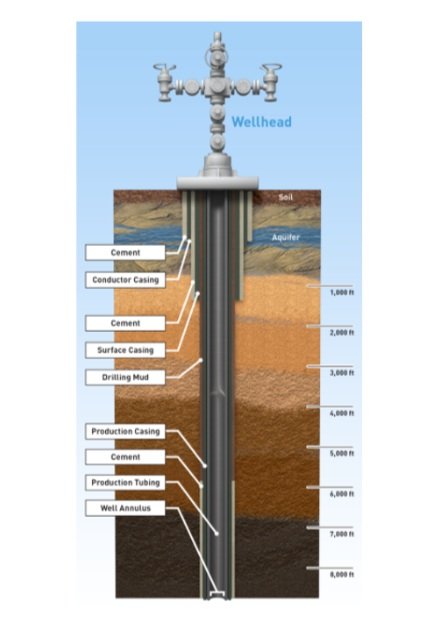COGA Fact Sheet: Groundwater
Protection of Colorado’s groundwater is one of our highest priorities. The oil and natural gas industry coordinates with the Colorado Department of Public Health and Environment (CDPHE) and the Colorado Oil and Gas Conservation Commission (COGCC) regarding all water related regulatory oversight.
Most drilling operations in Colorado occur well below the water table, typically 6,000 feet below the aquifer or deeper. For reference, that equates to hydraulic fracturing activity occurring at a distance of roughly 23 football fields below the nearest source of groundwater.
COGCC Rule 609
Established in 2013 by the COGCC to provide additional protections, Rule 609 states that groundwater sampling must occur before and after drilling.
Initial sampling is required within 12 months prior to development, with subsequent sampling required from the same locations between six and 12 months after drilling, and further sampling between 60 and 72 months. Samples include basic groundwater analysis parameters, but specifically measures total petroleum hydrocarbons (TPH), benzene, toluene, ethylbenzene, and xylenes (BTEX). Those measurements will indicate if groundwater in the vicinity of a well has been impacted by drilling.
Full analysis of all water samples are submitted to the COGCC and made publicly available on their website.
The Groundwater Protection Council (GWPC)
The Groundwater Protection Council, in conjunction with the Colorado Oil and Gas Conservation Commission, has developed a publicly available, searchable database of groundwater, surface water, and soil sample analytical results referred to as the COENV database. The COENV database has sampling data dating back as far as 1941 and currently contains over 16,800 sample locations and 47,560 individual samples (as of December 4, 2018).
Since the statewide rules for groundwater sampling went into effect on May 1, 2013, the COGCC has received a total of 10,760 water samples from 3,000 separate locations from operators in compliance with these rules.
Well Casing
In addition to groundwater testing requirements, the state also requires strucutral wellhead and wellbore protections known as casings. As rig crews drill to different depths, they install steel casings and cement around the production tubing and then pressure test those protections to ensure proper installation. In Colorado, at least two layers of waterproof cement and steel casing are required around the production tubing to separate the wellbore from aquifers. This provides stability drilling operations and significant groundwater protection.
Additional Resources & Information
Colorado Oil & Gas Conservation Commission (COGCC) | www.cogcc.state.co.us
Colorado Department of Public Health & Environment | www.colorado.gov/cdphe
Colorado Oil and Gas Association’s Regulatory Overview | www.coga.org/RegulatoryOverview
Groundwater Protection Council | www.gwpc.org
FracFocus | www.fracfocus.org





